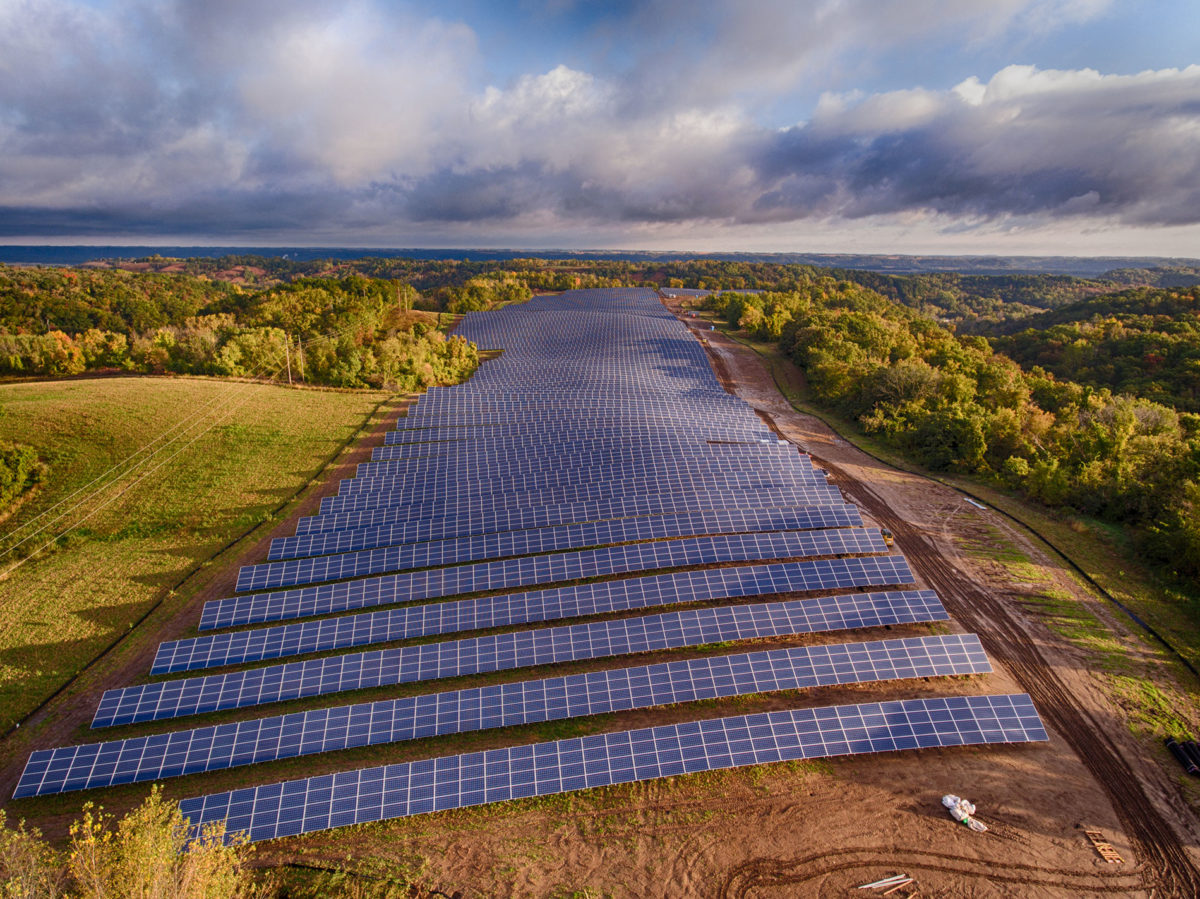Solar is surging one year after President Biden signed the most significant climate bill in U.S. history into law. This is particularly true for community solar, which the Inflation Reduction Act (IRA) effectively enshrined in federal tax policy for the first time.
As a result of the IRA, unprecedented incentives mean a flood of new projects are likely to get off the ground in states that have a regulatory structure in place. But more importantly, the law and the rules for implementing it are opening the door to new business models that will dramatically accelerate the development of community solar and the benefits it provides to consumers, while also simplifying the process.
New partnerships between tech companies and solar developers will help drive new national subscription models that prioritize direct community investments and benefit low-and-moderate income (LMI) households. In addition to helping technology companies meet their clean energy goals, these new pairings will accelerate clean energy deployment in a way that delivers utility bill savings to low-income households who disproportionately suffer from high energy burdens.
While this is just one example of the innovative new partnerships that we expect to see take off because of the IRA, cross-industry collaborations are the future of the industry and will play a vital role in the continued expansion of community solar.
The result of these collaborations will be a leaner, more efficient, and more impactful industry that is poised for major growth for a variety of reasons.
For one, because these partnerships don’t require each state to authorize a community solar program through legislative action, they allow community solar access in jurisdictions across the entire country.
Because community solar projects are relatively small, and the IRA caps the project size at 5 MW, they can be built more quickly than utility-scale projects.
The process is also streamlined. Because the final IRA rules sync up with the processes that are already widely in use – including income verification rules, savings calculation methodologies and subscriber allocation processes — it will be easier for households to see savings in an immediate, easy-to-understand process that is simple to administer.
Additionally, reducing bureaucratic red tape and expediting project timelines will give developers the certainty they need to invest.
By incentivizing smaller-scale projects, we can circumvent the obstacles that have historically bogged down large renewable energy projects. This will help enable distributed generation systems, which are smaller-scale facilities located near the point of use compared to more traditional power plants and can be deployed much faster, to be a solution to the bottlenecks, and longer wait times and backlogs for clean energy project developers and that jeopardize clean energy targets.
Using distributed generation also shores up grid reliability and avoids the need for new transmission lines, which are similarly facing lengthy approval delays.
The result will be a stronger, more resilient and cleaner electrical grid that will help meet the nation’s renewable energy goals.
Next year is poised to be bright for the industry. Following a sluggish 2022, community solar installations are scheduled to gain momentum for the rest of the year and grow at a steady pace in the years ahead.
This growth also comes at a time when the Biden administration is seeking to expand awareness of the solar opportunities made available as part of this landmark legislation.
As we are seeing with just this first example, new federal rules and opportunities for new partnerships will only further turbocharge our industry. Innovative partnerships and new business models will continue to simplify what has historically been a complicated process and provide the framework for liftoff, offering new opportunities that allow our industry to continue to enter uncharted new heights.

Kiran Bhatraju is the founder and CEO of Arcadia, a company that builds utility data technology to serve consumers in the community solar market.
The views and opinions expressed in this article are the author’s own, and do not necessarily reflect those held by pv magazine.
This content is protected by copyright and may not be reused. If you want to cooperate with us and would like to reuse some of our content, please contact: editors@pv-magazine.com.








How are these partnerships going to allow community solar access in jurisdictions across the country without requiring legislative action?